Date: 13-18.3.2023
Team: Tomáš Dino Holer, Jan Machek, Jan Doněk, Karel Brychta
After last year’s success in southern Italy, we wanted to follow up with another expedition for tailed amphibians. I’ve been dreaming of an expedition to Sardinia for a long time and now it seemed like the time might finally be right. So we spoke with colleagues from the club of tailed amphibian breeders Caudata.cz and started planning. The deadline was clearly defined by the time of the spring vacation at the school where I teach, so all that was left was to choose the plane tickets and prepare for the herping.
A total of 5 endemic species of cave salamanders (genus Speleomantes) and one endemic species of Sardinian newt (Euproctus platycephalus) are found in Sardinia. From December 2022, I started looking for suitable locations, mainly in the scientific literature. I also got a few locations from friends who had already been to Sardinia. However, one may encounter one specific problem when searching for cave salamanders. It is necessary to find the often tiny entrance to the cave, where these endangered amphibians are most often found. Fortunately, with the help of a translator, a search engine and editing the address bar, I finally managed to find the database of the Sardinian caves, including the coordinates and photos of the entrances as well as the floor plan and profile of the cave. Honza M. took care of the plane tickets and car rental and on Monday 13.3. we met at the airport in Prague.

We arrived in Cagliari, a city in the south of Sardinia, only in the afternoon, picked up a rented Peugeot 3008 from SicilybyCar and set for a longer crossing to the north, to the town of Galtelli. We stayed in an apartment for only 8€ per night. We were all pretty tired from the trip, so we just went to a nearby restaurant for pizza and wine, with the agreement, that we would get up early in the morning.

The roosters started crowing sometime around 4 am and I woke up every few minutes. At six I couldn’t take it anymore, I snuck out of the apartment through the balcony so as not to disturb Honza D., who was sleeping on the couch by the entrance, and I set off to the hill above us, with the aim of taking some shots of the landscape. When I returned to the apartment around seven, the others were already up and preparing coffee and breakfast. At 8 o’clock we got into the car and headed a little further north, towards the “white mountains”.
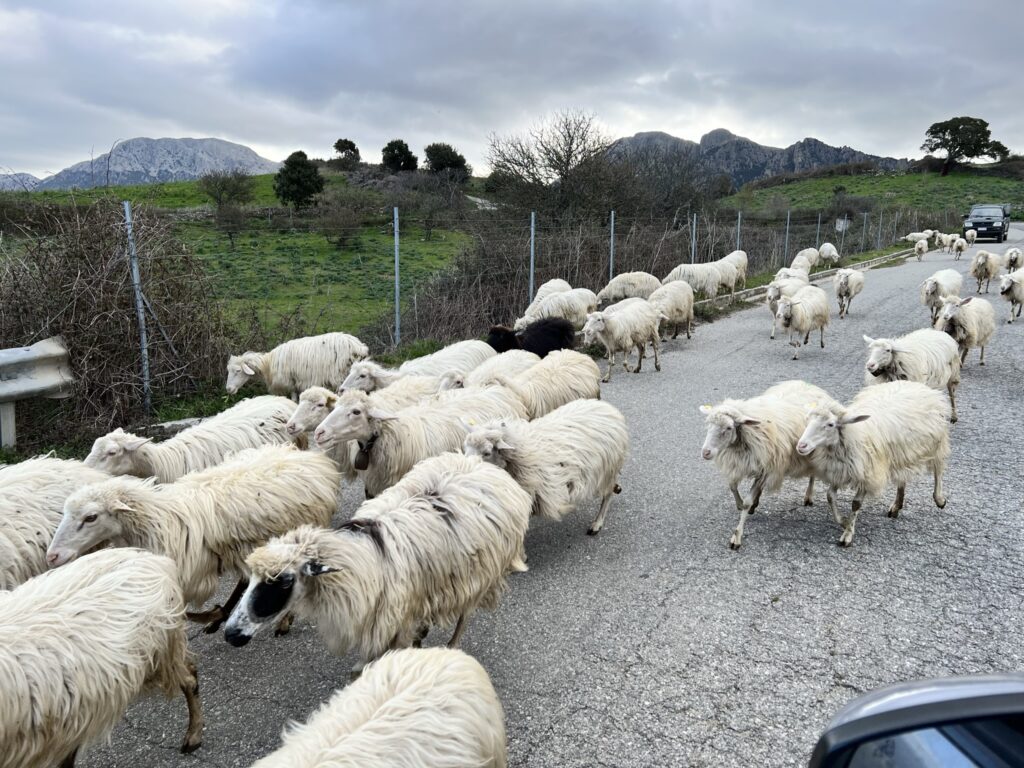
The Monte Albo massif is home to the largest species of local salamander – the Monte Albo cave salamander (Speleomantes flavus). We parked under the mountain and set off along the hiking trail towards the mountain saddle. The path was not long, but rather steep. In about half an hour we arrived at the point where the first entrance to the cave should have been. I looked around for a moment before realizing I was standing right over it. On the hiking trail, a narrow opening with a diameter of about 50 cm was covered by several large flat stones. We carefully uncovered the stones, shone a light inside. To our surprise, the eyes of two salamanders glistened in the flashlight! However, the opening led vertically two meters into the depth, and without a rope there was no chance to get closer to the salamanders. So we filmed them at least from a distance. When we had sufficiently admired the find, we carefully covered the entrance and continued on our way. When we arrived at the foot of the rock wall, we had to get off the road and walk up the side of it. The terrain was challenging and we had to tread carefully and choose a passable path well. One wrong move and one was in danger of falling into a deep ravine. After a few tens of meters, we finally reached the entrance to the cave.



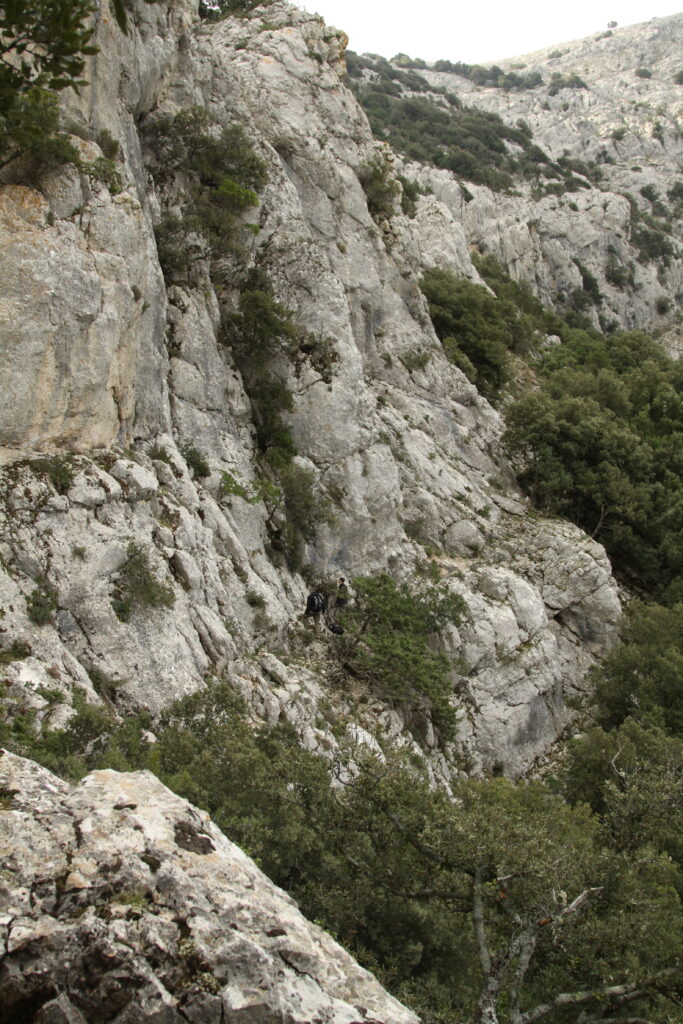

For a while we just admired the beautiful stalactites, stalagmites, organs and all kinds of other karst formations. Bats were hanging from the ceiling and then we heard Honza D. exclaim “I have one!”. And finally, we were able to see the Monte Albo cave salamander up close. The very first individual we found had a leech attached to it. I read earlier in a publication that this is a fairly common occurrence. Which we verified in practice – out of a total of twelve salamanders found, four of them had leeches.





We didn’t know what we were getting into, and we actually took a breather with the first find, that we had already accomplished our goal and we wouldn’t be returning home “empty handed”. On the way back to the car, the stones were already warmed by the sun, and despite the wind, which was still getting stronger, Tyrrhenian wall lizards (Podarcis tiliguerta) were basking on them. We also spotted one Fitzinger’s algiroides (Algiroides fitzingeri) right by the car.


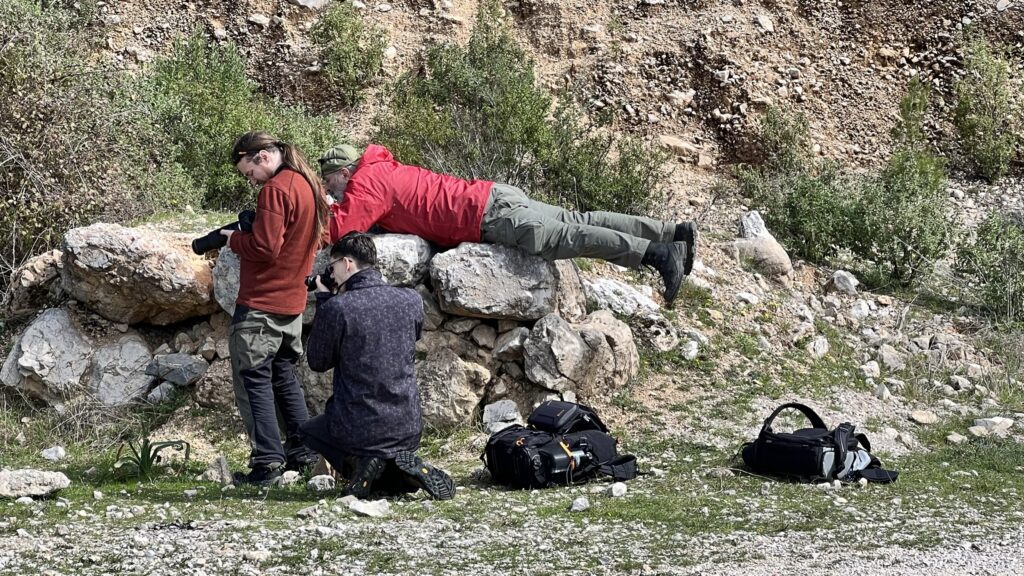


So we went to another cave, where our team photo was also taken. For a while it seemed that there was nothing alive in the spacious room of the cave, but then we saw the first cave salamander (Speleomantes supramontis) around the corner in the wetter part. The blissful feeling in our hearts is hard to describe in words. During the first day of the expedition we managed to find two target species!






On the way back to the accommodation, we stopped at a small quarry. It was after dark and a very strong wind was blowing, which even uprooted trees and broke branches, so we didn’t expect much. Nevertheless, we found a young Viperine snake (Natrix maura) and two Sardinian tree frogs (Hyla sarda) by the small lake in the quarry as well as two Balearic green toads (Bufotes balearicus) on the dune above the lake. Satisfied, we returned to our apartment and had an Italian-style dinner of “Insalata Caprase” – tomatoes with mozzarella and basil.
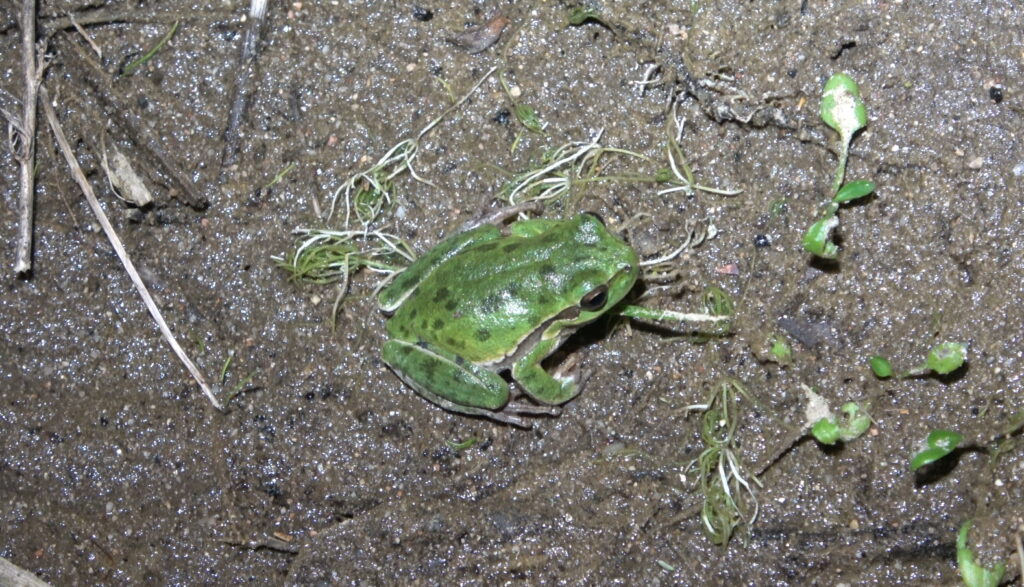



The next morning we packed up and continued south. Today’s goal was to find Imperial cave salamanders (Speleomantes imprerialis), which should be the most abundant and widespread species. The way to the first cave was complicated by cattle on the road. The local shepherds were just feeding the cows with a vitamin mixture, which they sprinkled directly on the road. We had to pat the hind legs of the hungry cows from the window open so that they would leave us at least some room to pass. We stopped by the river for a short herping, but the wind was blowing again and we found only one Italian lizard (Podarcis siculus). On our way around Sardinia, we encountered various remains of the Nuraghe civilization. Some of their typical buildings, the so-called Nuraghs, have stood here for over 3,000 years, built only of stones.

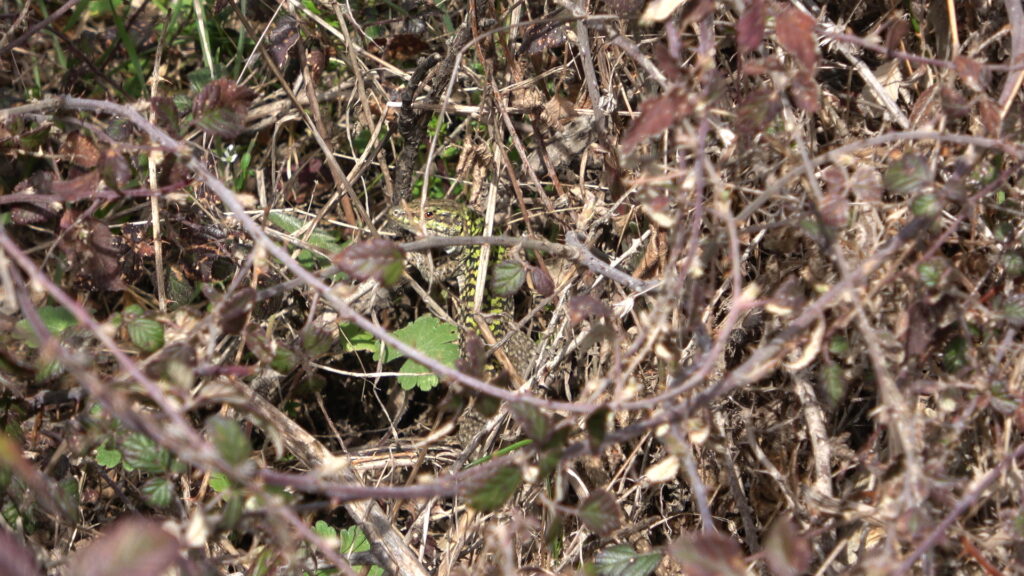

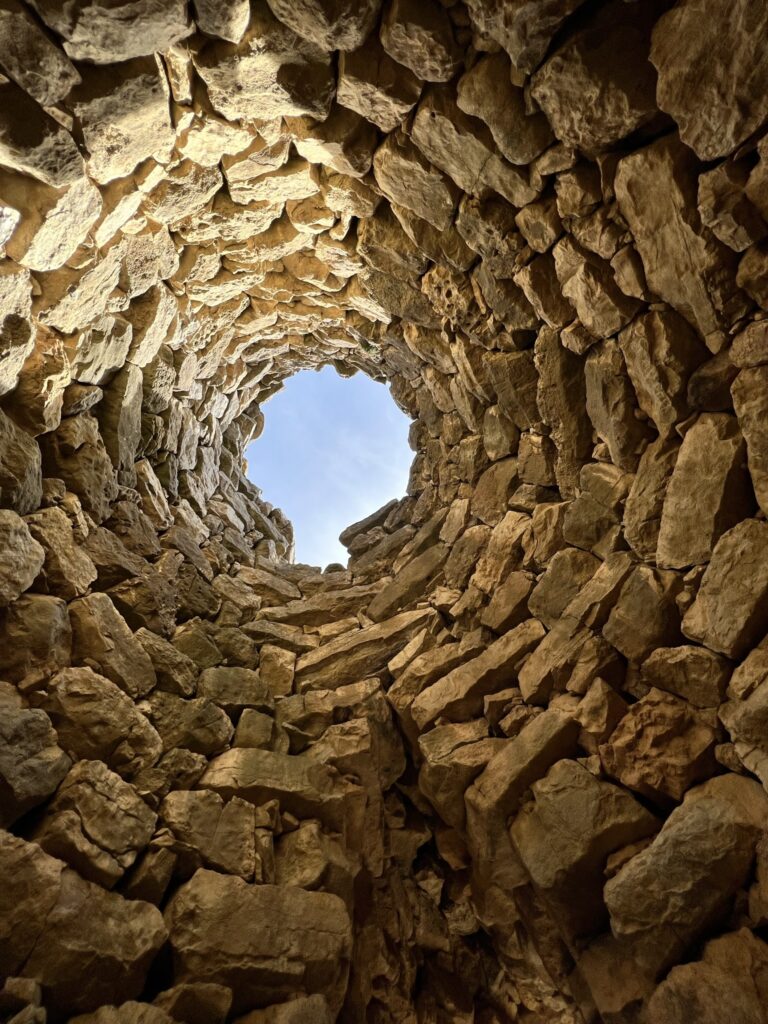



After endless turns, we finally arrived at the place and went up the hill to look for the entrance to the cave. Someone appropriately marked it years ago by planting a locally non-native cypress, which literally shone among the other trees. Upon entering, the cave had a rather steep slope, but we overcame it and immediately began searching all the corners of the first room. Failing that, we delved deeper into the cave. There were a great many bats hanging over our heads, but no sign of salamanders. We searched for a while and then gave up and returned to the car. Fortunately, I had several potential locations prepared for this species.


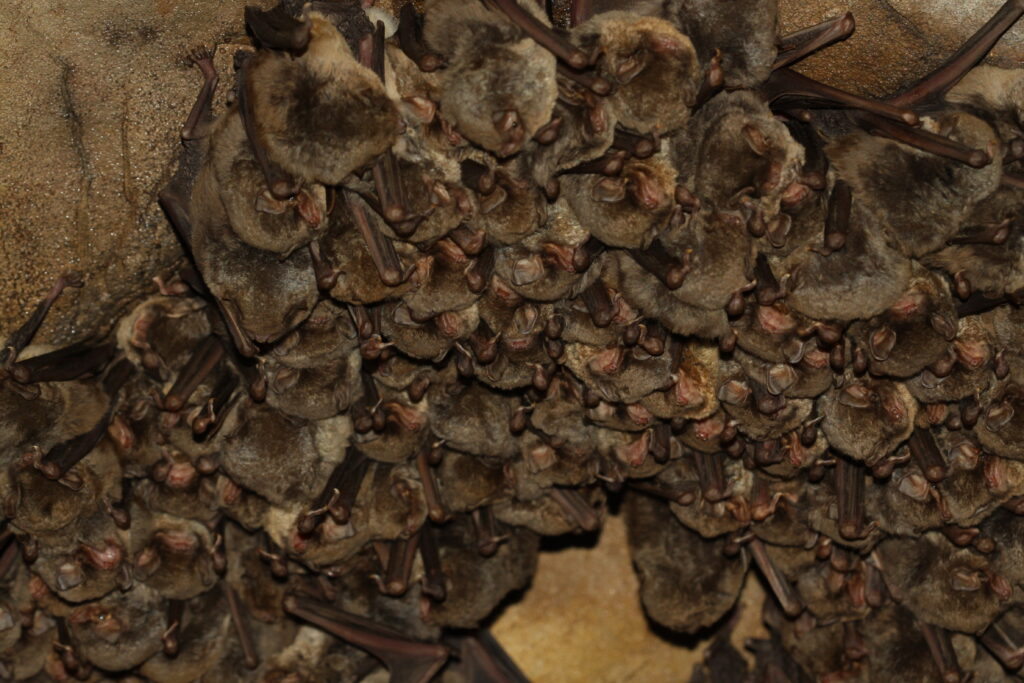
A very steep path through a steep slope full of boulders and rocks led to the second selected cave. What was even worse was the realization that we were probably using the wrong GPS and climbed the difficult terrain unnecessarily. No matter how carefully we searched around the GPS point, we couldn’t find the entrance. All that was left was to turn back and try our luck elsewhere. We were running out of light, so it was a last resort. Luckily it was only a 20 minute drive. At first we again had problems finding the cave. This time the mistake was probably on my side, I wrote down the number of coordinates wrongly and dragged the boys through bushes and rocky slopes quite unnecessarily. In the end, we were helped by a local tourist sign on which the cave we were looking for was marked. It was located directly under the road we came along. Honza M. and Karel decided to park the car a little closer, and Honza D. and I went to the cave first. It was quite a spacious corridor with a large entrance. We searched almost every crack in the walls and still nothing. The cave continued through a narrow tunnel and so we decided to try our luck there. Honza went deep into the interior of the black tunnel, but soon came back with nothing, and we didn’t like the black coating on the walls of the tunnel, so we preferred to crawl back. The hero of the day was Karel, who in the meantime walked into the cave and within 5 minutes found two salamanders hidden in a pocket on the ceiling in the corner of the cave.





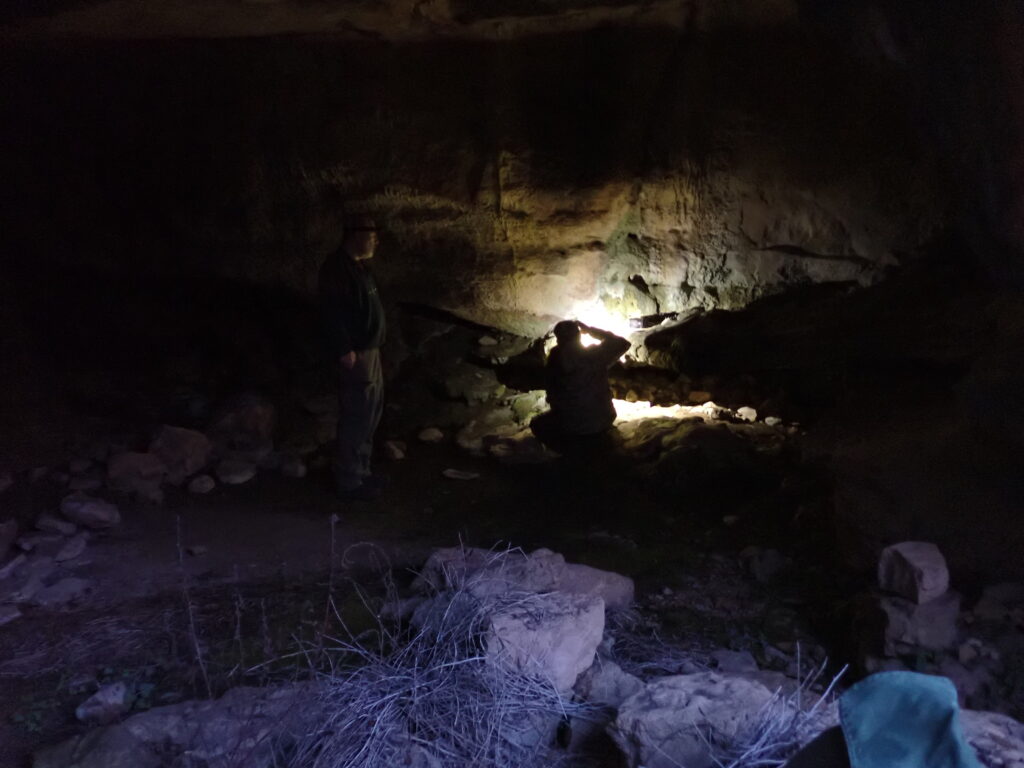
It was already getting dark and we headed to our new accommodation after a hard day. Late arrival was no problem as we were given a code for the key box. In the morning we returned the key and set off towards the military area, where we were to look for Sardinian brook newts (Euproctus platycephalus). However, unfortunately for us, the operation of the military area was resumed and the places where our colleagues could get to without a problem a few years ago, were now unavailable. On all the access roads, the soldiers turned us back again. A little disappointed, we continued further south to the town of Dolianova, where we had arranged the third and last accommodation. After a quick lunch, we continued southeast to the Sette Fratelli mountains, where we wanted to try our luck with the aforementioned newts. We found the perfect habitat, a stream with deep pools, but no signs of newts. During the day, they are usually hidden under stones and in crevices in submerged rock parts. But we again saw an abundance of Tyrrhenian wall lizards (Podarcis tiliguerta) and one Moorish gecko (Tarentola mauritanica).



In the evening, we went to another location where we were supposed to search for the mysterious and critically endangered Sette Fratelli cave salamander (Speleomantes sarrabusensis). This species is known from only a few localities and has not yet been discovered in any cave. One of the sites is a waterworks building, where one cannot get in without a key and permission, and other finds are from various wetter parts of the mountain range. Without an exact location, we would probably look for salamanders in vain, and even then it is not an easy task at all. First, we were faced with a stony road uphill, with many holes created by the running water, but our driver Honza M. coped with it with ease and we were glad for the quite decent ground clearance of our rented car. On the way we passed one water source building that wasn’t locked, but all I found inside was spiders. By the time we reached the top, we only had about an hour of daylight left. After a few minutes of walking, we came to a scree on the northern slope of a wooded hill. We walked carefully around the scree and searched the mossy stones. It only took a few minutes and we discovered the first salamander, which we were really happy about. When I was planning my trip to Sardinia, I rather dreamed about this species but didn’t really hope. And after all, luck smiled on us again.

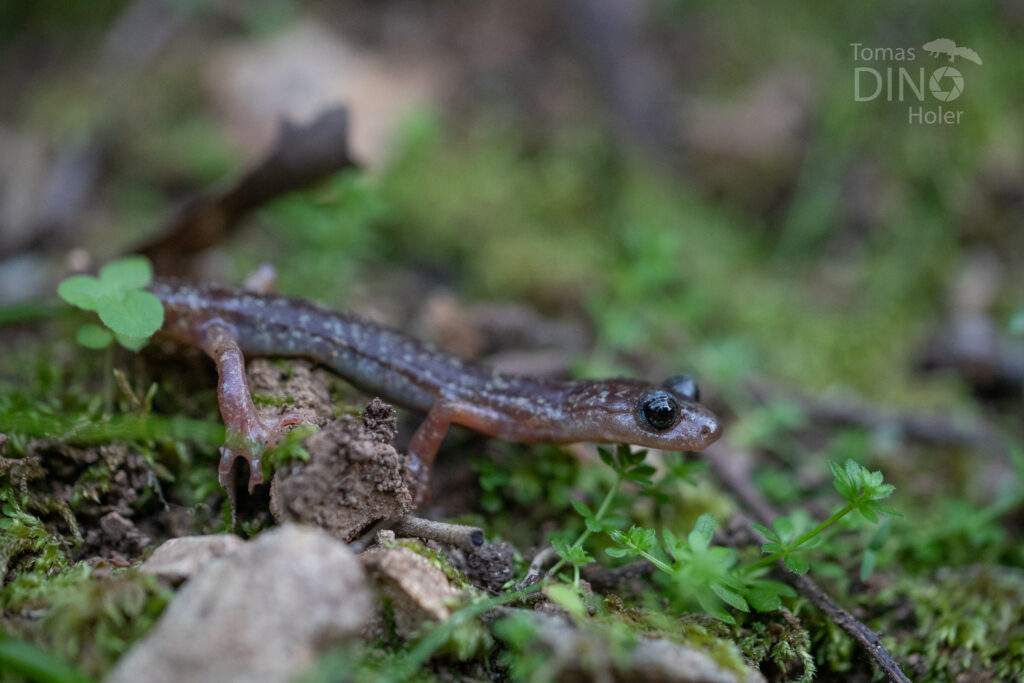


At the beginning of the trip, we thought we would be completely satisfied with two species, but now we have the opportunity to close a complete collection. According to all information, it should not be particularly difficult to find relatively abundant Brown cave salamanders (Speleomantes genei). So in the morning we headed west. We stopped at the Grotta di San Giovanni, a large cave popular with tourists, where cave salamanders can also be seen in good weather. Entrance to the cave costs 8 euros and you can walk alone for 1 hour through the 700 m long section of the cave. It is actually a natural tunnel through the mountain that a truck could pass through. Behind every bend, new karst formations of various shapes and types were revealed. We didn’t see salamanders here, but we definitely recommend this place to anyone visiting Sardinia.

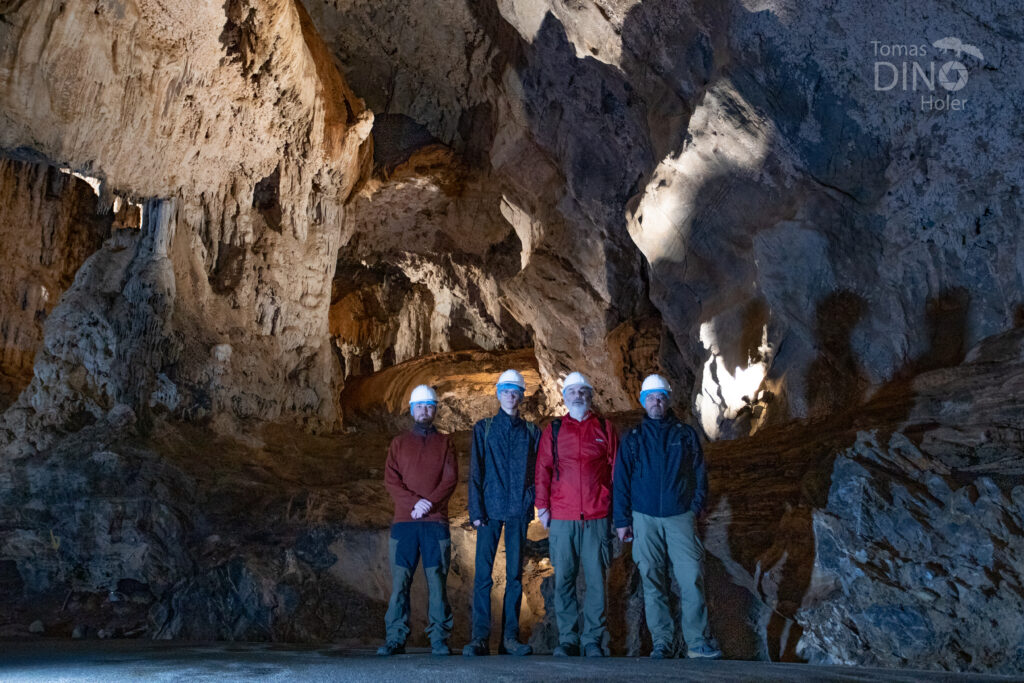
I had about 4 caves on my list, but in the end we decided to try our luck in a nearby former mine. The mine operated for over a hundred years from 1855 and mainly lead (Galenite) and zinc ores were mined here, until it was closed in 1968. In the difficult and overgrown terrain, we found only two entrances to the shafts, one of which was covered by a solid grate and the other concreted, with a passage left for bats. However, we did not give up and searched around the tunnel entrances until we finally managed to find several Brown cave salamanders near the collapsed tunnel. The collection was complete!

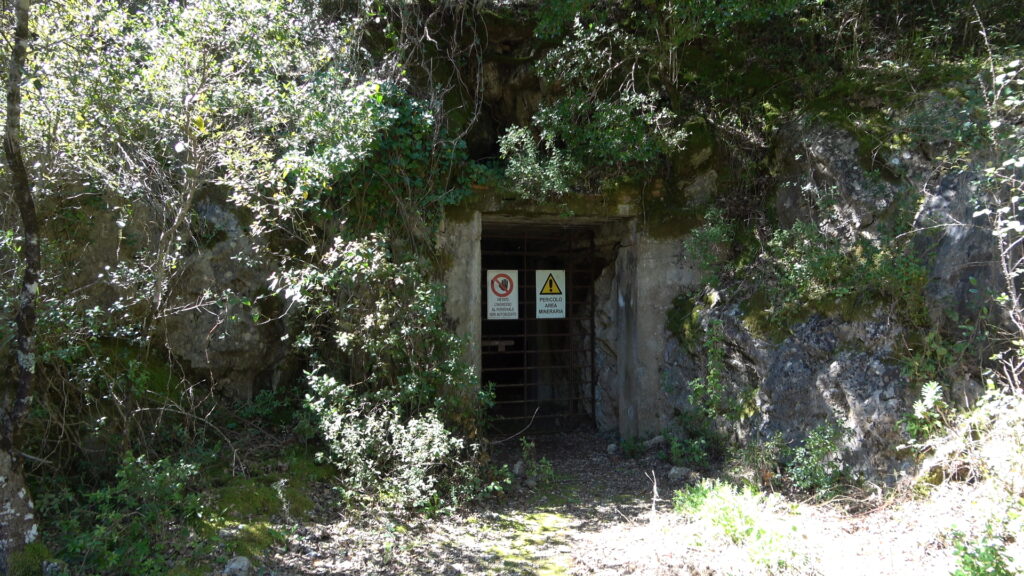



It was only early afternoon, so we decided to explore the nearby water reservoir. Immediately upon arrival, we found unfortunatelly dead, but beautifully colored juvenile of the Barred grass snake (Natrix helvetica) of the cetti subspecies, that had been freshly run over by a car. However, it was a sign that the snakes were here and thriving. It didn’t take long and we found two adult snakes and several Italian wall lizards (Podarcis siculus).




On the way back to the accommodation, we wanted to try to find Horseshoe whip snake (Hemorrhois hippocrepis), but unfortunately a strong wind started blowing. The imaginary icing on the cake of our expedition was the sight of a flock of flamingos over a lake near Cagliari.

We managed to fulfill the goal of the expedition even beyond expectations. But Sardinian nature still has a lot to offer and we definitely have to return to this island of ancient civilizations and cave salamanders one day!
On behalf of our team,
Dino
List of species:
Amphibians (Amphibia) – 7 species:
Frogs and toads (Anura) – 2 species:
Bufotes balearicus
Hyla sarda
Salamanders (Caudata) – 5 species:
Speleomantes flavus
Speleomantes supramontis
Speleomantes imperialis
Speleomantes sarrabusensis
Speleomantes genei
Reptiles (Reptilia) – 7 species:
Lacertidae
Algiroides fitzingeri
Podarcis tiliguerta
Podarcis siculus
Gekkonidae
Tarentola mauritanica
Colubridae
Natrix helvetica cetti
Natrix maura
Hierophis viridiflavus
